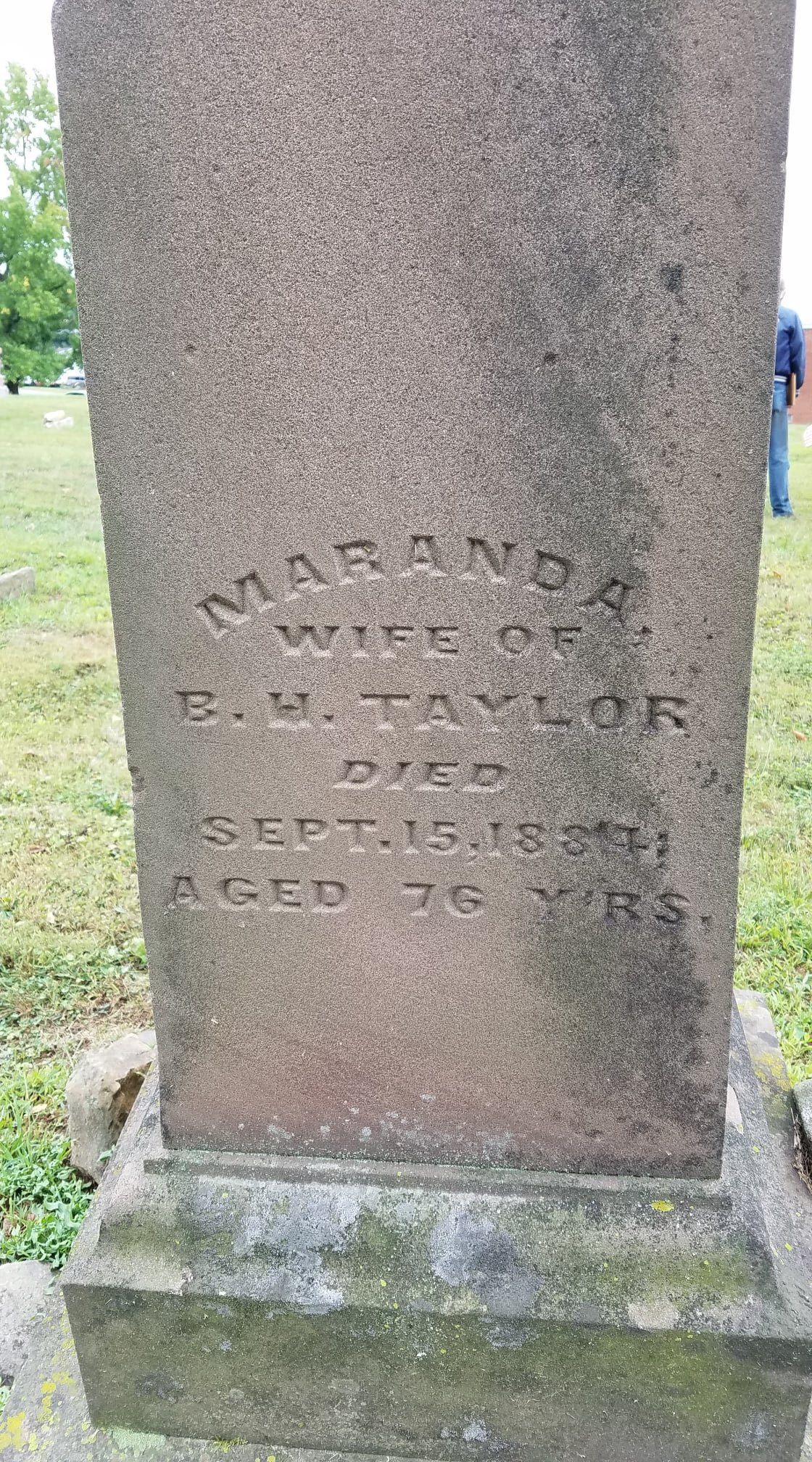Historical Perspective of Gravestones
Throughout the history of time, civilized cultures have prospered, and built great monuments to remember their leaders. Unfortunately many great works of art have been destroyed by wars, fires, earthquakes, and the ravages of time. The fewer historic icons exist, the more valuable those remaining become. We must foster new interest and respect, from the general public, in order to protect our cemeteries, burying grounds, and graveyards.
Graveyards contain within them priceless historical information. They are in essence open air museums. Gravestones are often the only thing remaining in its original location from previous generations. They are likely to be the oldest man made object you will ever touch. Please treat them with the respect they are due.
Conservation or Restoration
A great amount of debate has focused recently regarding the terminology used in proper preservation procedures. Words which have a basic meaning to the average person can mean very different things to specialists in a given field. Therefore, we will clarify a few basic definitions.
Preservation: To preserve, to keep safe from harm or injury. A great general purpose word to overview the whole field of historic preservation.
Restoration: To Restore, to bring back to an original or a former, more desirable condition. The layman’s term for fixing anything up, and try to make it look new again. It also implies, doing more then just preserving, regarding a memorial or stone statue.
The re-lettering of historic inscriptions on a gravestone or tomb would be a good example of a restoration effort. This type of aggressive tactics is not considered beneficial, as they will compromise the historic integrity of the object. Re-lettering may also increase the rate of deterioration by exposing new areas of weakened stone to the weather.
A better alternative would be to save what is left of the monument in question, and then place a plaque beside it with the inscription which has been lost.
Conservation: To Conserve, to prevent injury, decay, waste, or loss of.
This has become the proper term, with its meaning in the historic preservation field becoming very specific. Performing procedures to help protect and stabilize an artifact. In this case a sculpture, gravestone, or monument.
Monument cleaning could be overly aggressive and employ sand blasting or high pressure washing. These would both be considered restoration techniques and neither would be beneficial to the monument. In fact they can cause destroy historic stones.
Key Words
Cleaning
Conservation
Historical
Inscriptions
Lettering
Preservation
Pressure Washing
Restoration
Sand Blasting
Terminology
